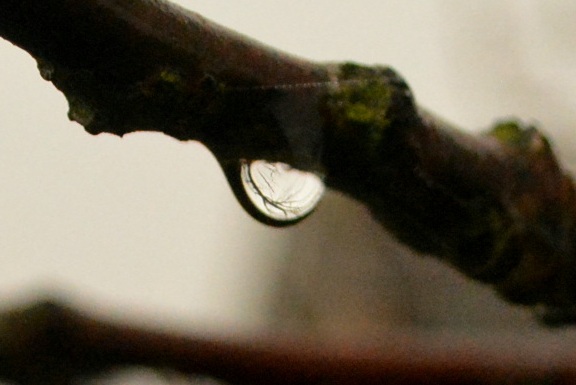Since my previous post was about an eclipse, I cannot resist following it up with a story from Hindu mythology about immortality, seduction and – you guessed it – eclipses.
The devas (gods) and the asuras (demons) had worked together to churn the Ocean of Milk, seeking the nectar of immortality. When the nectar finally emerged, the alliance broke down and the devas and the asuras began to fight over it. Vishnu, cunning as ever, assumed the form of
Mohini (the enchantress) and persuaded the asuras to entrust her with the the nectar; she would distribute it among the devas first, and then among the asuras.
Beguiled by her beauty and her honeyed words, the asuras agreed to this obviously questionable plan. But Rahu, an asura, suspected foul play, so he disguised himself as a deva and took his place among them. Unfortunately for him, he was recognised by Surya (the Sun god) and Chandra (the Moon god). Surya and Chandra alerted Vishnu, who instantly cut off Rahu's head with his discus. And not a moment too soon, because the nectar had already reached Rahu's throat, making his head immortal.
The immortal head, so the story goes, has never forgiven the Sun and the Moon. It roams the heavens and periodically, it devours them in anger. But because the head is not attached to a body, the Sun and Moon slip out again, and the eclipse does not last forever.
Anasua's cat (pictured below) is called Tentul (tamarind), but this is his
daak naam or nickname.
Tentul's formal name is Mohini, after the philosopher
Mohini Chatterjee. After Anasua's family found Tentul as a kitten abandoned on their doorstep, the vet identified him as a female. It was only on the next visit that the same vet realised he was male. So in his sexual mimicry, Mohini the cat lived up to his mythological namesake in a way no one had quite foreseen.



























